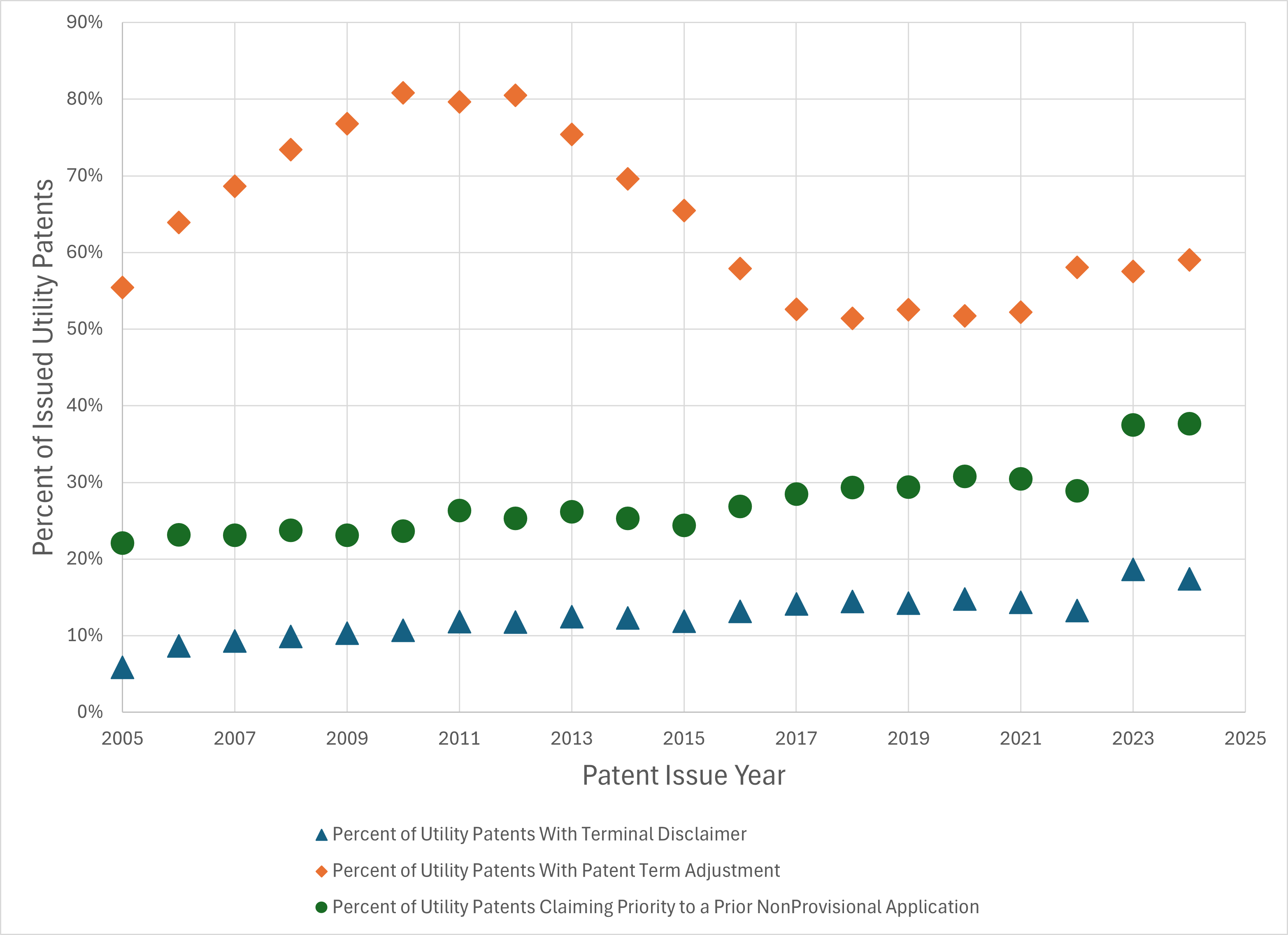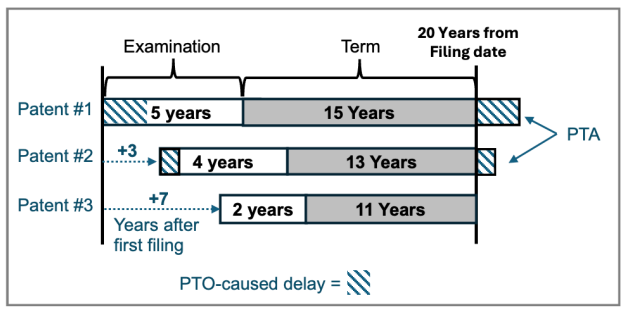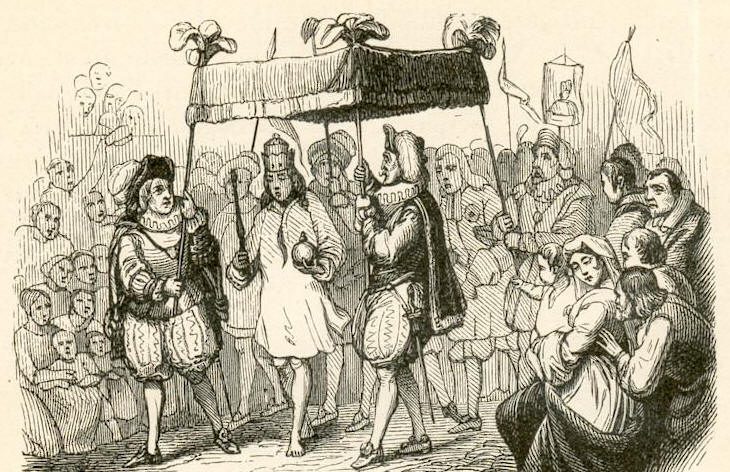Guest post by Professors Mark A. Lemley and Lisa Larrimore Ouellette of Stanford Law School.
Two of the most controversial patent law changes of the past year have involved obviousness-type double patenting, which allows applicants to patent obvious variants of their earlier patents by disclaiming the extra term of the later-expiring patent. First, the Federal Circuit held in In re Cellect that patents tied by double patenting must expire on the same day even if one of the patents has received a patent term adjustment (PTA) giving it a more-than-twenty-year term. The en banc denial and pending cert petition in Cellect have attracted substantial interest from amici and commenters. Second, the USPTO proposed that terminal disclaimers include a commitment to not enforce the patent if any claims in the patent to which it is tied are found to be obvious or not novel. Early commentary on the proposal was “overwhelmingly negative.”
In our new draft article, Fixing Double Patenting, we argue that this outcry is unwarranted.
To continue reading, become a Patently-O member. Already a member? Simply log in to access the full post.


